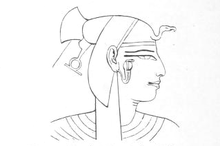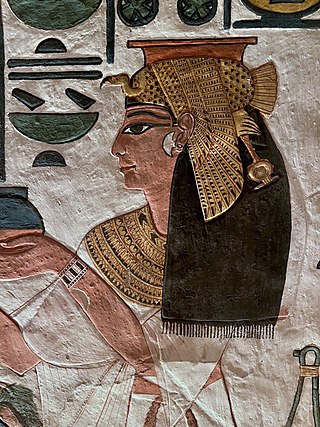
Nefertari, also known as Nefertari Meritmut, was an Egyptian queen and the first of the Great Royal Wives of Ramesses the Great. She is one of the best known Egyptian queens, among such women as Cleopatra, Nefertiti, and Hatshepsut, and one of the most prominent not known or thought to have reigned in her own right. She was highly educated and able to both read and write hieroglyphs, a very rare skill at the time. She used these skills in her diplomatic work, corresponding with other prominent royals of the time. Her lavishly decorated tomb, QV66, is one of the largest and most spectacular in the Valley of the Queens. Ramesses also constructed a temple for her at Abu Simbel next to his colossal monument there.
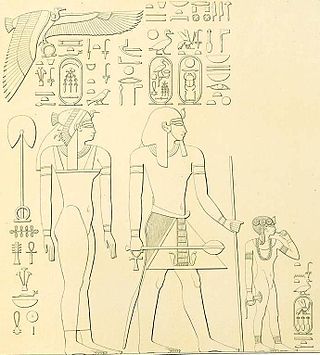
Ahmose was an Ancient Egyptian queen in the Eighteenth Dynasty. She was the Great Royal Wife of the dynasty's third pharaoh, Thutmose I, and the mother of the queen and pharaoh Hatshepsut. Her name means "Born of the Moon".

Hetepheres II was a Queen of Ancient Egypt during the 4th Dynasty.

Bintanath was the firstborn daughter and later Great Royal Wife of the Egyptian Pharaoh Ramesses II.

Khentkaus II was a royal woman who lived in Ancient Egypt. She was a wife of Egyptian king Neferirkare Kakai of the Fifth Dynasty. She was the mother of two kings, Neferefre and Nyuserre Ini.

Isetnofret was one of the Great Royal Wives of Pharaoh Ramesses II and was the mother of his successor, Merneptah. She was one of the most prominent of the royal wives, along with Nefertari, and was the chief queen after Nefertari's death.
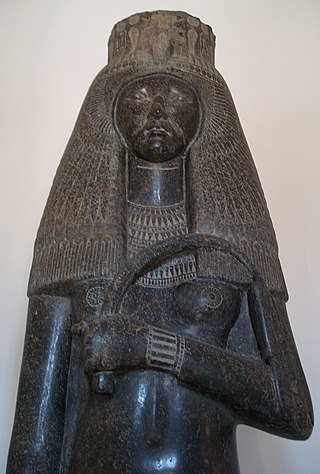
Tuya was the wife of Pharaoh Seti I of the Nineteenth Dynasty of Egypt and mother of Tia, Ramesses II, and perhaps Henutmire.

Ahmose-Meritamun was a Queen of Egypt during the early Eighteenth Dynasty. She was both the older sister and the wife of Pharaoh Amenhotep I. She died fairly young and was buried in tomb TT358 in Deir el-Bahari.
Iput I was a Queen of Egypt, a daughter of King Unas, the last king of the Fifth Dynasty of Egypt. She married Teti, the first Pharaoh of the Sixth Dynasty of Egypt. Their son was Pepi I Meryre. She possibly ruled as regent for her son Pepi I.

Ankhesenpepi II or Ankhesenmeryre II was a queen consort during the Sixth Dynasty of Egypt. She was the wife of Kings Pepi I and Merenre Nemtyemsaf I, and the mother of Pepi II. She likely served as regent during the minority of her son. She was buried in a pyramid in Saqqara.

Ahmose-Henuttamehu was a princess and queen of the late 17th-early 18th dynasties of Egypt.
Khamerernebty I was an ancient Egyptian queen of the 4th dynasty. She was probably a wife of King Khafre and the mother of King Menkaure and Queen Khamerernebty II. It is possible that she was a daughter of Khufu, based on the fact that inscriptions identify her as a King's daughter.
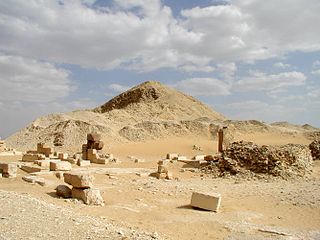
Ankhesenpepi IV was an ancient Egyptian queen, a wife of Pharaoh Pepi II of the Sixth Dynasty. She was the mother of a crown prince Neferkare. Pepi II also had several other wives.
Nubwenet was an ancient Egyptian queen consort, a wife of Pharaoh Pepi I of the 6th dynasty.

Isetnofret was a royal woman of Ancient Egypt and, as the Great Royal Wife of Pharaoh Merenptah, she became Isetnofret II.
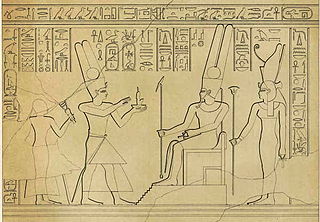
Abar was a Nubian queen of the Kingdom of Kush dated to the Twenty-fifth Dynasty of Egypt. She is known from a series of stela found in Sudan and Egypt. Her appearances mark her as the niece of King Alara of Nubia, married to King Piye and the mother of King Taharqa.

Bunefer was an ancient Egyptian queen from the 4th or 5th dynasty. It is not known which king she was married to. Bunefer was buried in tomb G 8408 in the Central Field of the Giza Necropolis.
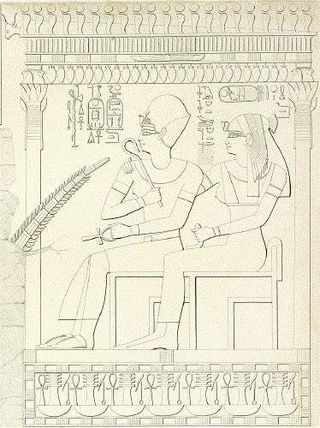
Queen Merytre-Hatshepsut was the Great Royal Wife of Pharaoh Thutmose III after the death of Queen Satiah. She was the mother of Pharaoh Amenhotep II.
Tem was an ancient Egyptian queen consort of the 11th Dynasty, a wife of Pharaoh Mentuhotep II and the mother of Mentuhotep III. She was buried in Tomb DBXI.15 in Deir el-Bahari, in her husband's mortuary complex. She outlived her husband and was buried during her son's reign. It is likely that she was of commoner origin, as there is no evidence in her grave that points to a royal origin. She is only named on her sarcophagus and on an offering table. Her titles are "King's beloved wife" (ḥmt-nỉswt mrỉỉ.t=f), King's Mother" (mwt-nỉswt), Mother of the King of Upper and Lower Egypt (mwt-nỉswt-bỉt), and Great of Sceptre (wr.t-ḥt=s).
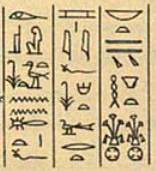
QV75 is the tomb of Henutmire, likely the daughter and Great Wife of Ramesses II, in Egypt's Valley of the Queens. It was mentioned by Champollion and Lepsius.
